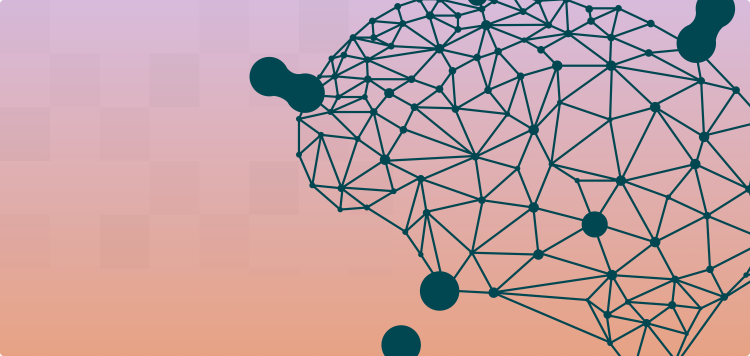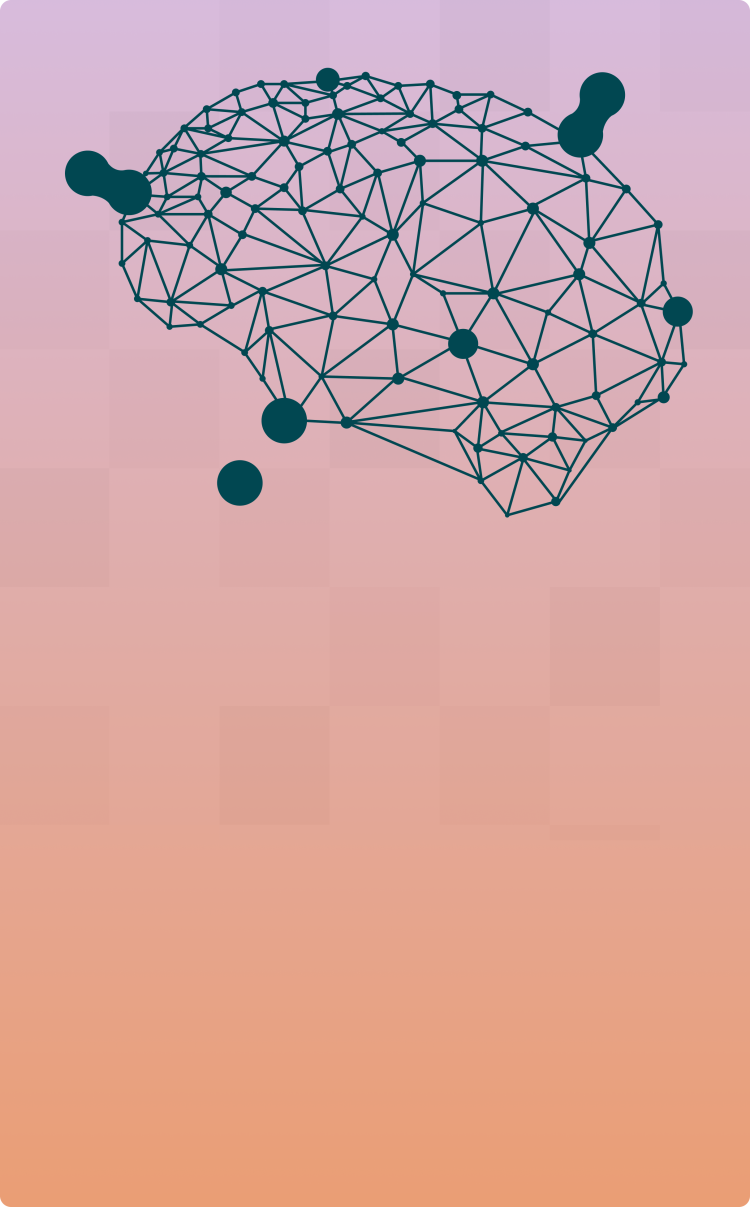
Nov 1
Matt Sharpe
Nov 1, 2023
Atom smashing creativity: ai and new pathways to solutions
Particle accelerators, traditional brainstorming, and AI actually all have something in common. We can use their similarities to better understand how generative AI is a tool that can help us, but never replace us, in delivering strong creative solutions to our clients.
Each of these tools combines different inputs, collides them (sometimes literally), and then requires evaluation of the results. That last part, the human evaluation of outputs, is the key that remains the same regardless if the results were rendered from bleeding-edge science or long-established creative exercises.
In 2008, when the Large Hadron Collider debuted, its purpose was straightforward: collide atoms to unveil what's left over. As groundbreaking as this technology was, it was human participation that led to new scientific discoveries and a deeper understanding of the universe. It also sparked concerns about potentially catastrophic consequences.
Just how there was some fear when the atom smasher was new, there is anxiety around how AI will be used by, or in place of, creatives in order to produce impactful creative solutions more efficiently. At Thrillworks, we’re confident that our brainpower combined with the solutions and relationships we build make us valuable partners here to stay. Here’s why.
Some of the most resilient brands and messages in the world have come from processes similar to atom smashing, the collision of ideas. Creatives have been brainstorming to solve client problems and optimize products long before AI, and will continue to do so.
In one brainstorming exercise called Forced Analogy, from Gamestorming, participants are asked to solve complex client issues with random objects, people, or even favourite songs written on a given cue card. This exercise forces unexpected prompts to find solutions for all manner of brand and business challenges.
Marketers have long recombined disparate components into unique messages, digital products, or even selling propositions. In doing so, they’ve created new unforeseen connections between sometimes wildly different ideas; swiping right on Tinder, one-click shopping, Uber everything, electric cars that you want to drive, or Ketchup chips.
Generative AI models perform a version of what we do with markers and cards. Beginning with our prompts, generative AI leverages impossibly large neural networks and language models to put together disparate ideas and produce thought-starters that sometimes feel seamless. And sometimes they don’t. That’s the thing. They’re thought-starters.
AI can reveal previously unimaginable combinations and allow us to investigate each output’s merit. At Thrillworks, keeping you ahead means being early testers and adopters of the latest technologies, and leveraging all tools available to us. That’s why we’ve learned how to use generative AI and its wellspring of thought-starters as well as its limits, continuously pushing our creative boundaries. This enables us to create impact with every technology solution we put forward, from ideation through to launch to marketplace and beyond.
- Design & User Experience
- Consumer Media and Entertainment

